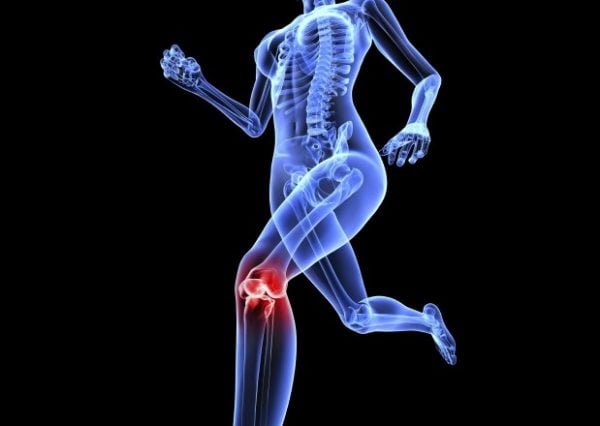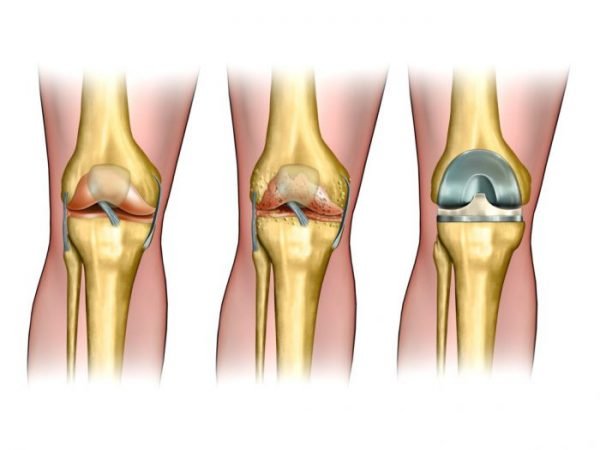ABOUT ROTATOR CUFF SURGERY
Rotator cuff surgery is a procedure to correct part of the rotator cuff, most commonly to repair a torn tendon. The rotator cuff is made up of a group of muscles and tendons that stabilize the shoulder joint and enable movement. It can be become damaged if there has been a trauma to the shoulder and can also occur with age.
When a tear occurs, it causes pain with movement of the shoulder, particularly when the arm is moved upwards or outwards from the body.
Surgery is usually performed when alternative methods of treatment are not successful. The surgery can be performed as open surgery, however it is most commonly performed arthroscopically.
The rotator cuff can be become damaged if there has been a trauma to the shoulder and can also occur with age.
Recommended for
- A rotator cuff tear that is causing chronic pain or shoulder weakness
TIME REQUIREMENTS
- Number of days in hospital: 1 – 2 days.
- Average length of stay abroad: 1 weeks.
- Number of trips abroad needed: 1.
- Time off work: 1 – 2 weeks.

COMPARE ROTATOR CUFF SURGERY PRICES AROUND THE WORLD
| Country | Cost |
|---|---|
| United States | 13100€ |
| United Arab Emirates | 6280€ |
| Thailand | 5937€ |
| Turkey | 5102€ |
| Mexico | 4486€ |
| Croatia | 3857€ |
| Poland | 2813€ |
HOW TO FIND QUALITY TREATMENT ABROAD
BEFORE ROTATOR CUFF SURGERY ABROAD
Patients with rotator cuff issues should consult with their doctor as soon as possible after trauma, as surgery is most successful if it is completed soon after injury.
For patients with chronic pain, meeting with a doctor to explore non-invasive treatment options should be the first step.
Patients with complex conditions may benefit from seeking a second opinion before beginning a treatment plan. A second opinion means that another doctor, usually an expert with a lot of experience, will review the patient’s medical history, symptoms, scans, test results, and other important information, in order to provide a diagnosis and treatment plan. When asked, 45% of US residents who received a second opinion said that they had a different diagnosis, prognosis, or treatment plan.
HOW IS IT PERFORMED
In open shoulder surgery, a surgeon makes an incision between 2 and 3 inches in length into the shoulder to open it and to make repairs.
For patients with less extensive damage, a smaller incision may be made, allowing the surgeon to reach the affected tendon by splitting the deltoid muscle.
The surgeon may use an arthroscope (a small imaging device) to visualise the rotator cuff and effectively repair any damage through a small incision. Arthroscopic surgery is becoming increasingly popular and has positive outcomes for patients with joint issues.
Anesthesia
General anesthetic.
Procedure duration
The Rotator Cuff Surgery takes 1 to 3 hours.

WHAT TO EXPECT AFTER ROTATOR CUFF SURGERY
Post procedure care
Immediately after surgery, patients will be in a sling to protect the cuff.
Possible discomfort
Patients should expect some discomfort after surgery. The patient will usually follow a course of physiotherapy after the surgery.
IMPORTANT THINGS TO KNOW ABOUT ROTATOR CUFF SURGERY
Success rates
Most patients find rotator cuff surgery addresses their pain issues, but for patients which acquire their rotator cuff issues through trauma, the highest success rates are enjoyed by patients which are treated soon after injury.
Potential risks
- Infection
- Pain and stiffness
- Damage to the shoulder muscle
- Tears or poor healing
- Nerve damage
- Blood vessel damage
- Complex regional pain syndrome (rarely)















